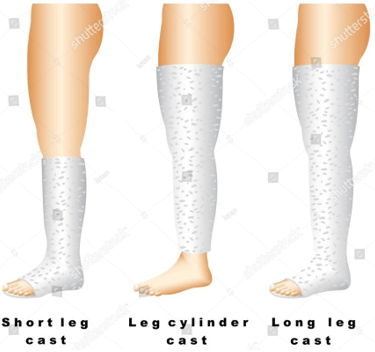A nurse on a mental health unit observes a client yelling at another client. Which of the following actions should the nurse take first?
State expectations for the client's behavior.
Request security personnel restrain the client.
Place the client in seclusion.
Debrief staff members about the conflict.
The Correct Answer is A
The correct answer is Choice A.
Choice A rationale: By stating expectations for the client’s behavior, the nurse is addressing the immediate situation and setting clear boundaries. This intervention allows the nurse to assertively communicate with the client, reminding them of appropriate behavior and potentially diffusing the situation1.
Choice B rationale: Requesting security personnel to restrain the client should be a last resort, used only when the client poses a significant risk to themselves or others and all other de-escalation techniques have failed. Restraint can be traumatic and has potential physical and psychological risks.
Choice C rationale: Placing the client in seclusion is another measure that should be used sparingly and only when necessary for the safety of the client or others. It’s important to try less restrictive measures first, such as verbal de-escalation techniques or offering a quiet, private space where the client can regain control.
Choice D rationale: Debriefing staff members about the conflict is an important step, but it should not be the first action. The immediate priority is to ensure the safety of all clients and to de-escalate the situation.
Nursing Test Bank
Naxlex Comprehensive Predictor Exams
Related Questions
Correct Answer is C
Explanation
c. Diminished pulses on the affected extremity. This finding may indicate compromised circulation, which is
a serious complication that requires immediate intervention.
Option a. Ecchymosis on the inner left thigh may be a concerning finding, but it is not as urgent as diminished pulses. Ecchymosis may be a result of trauma during cast application, and may resolve on its own.
Option b. One fingerbreadth of space between the cast and the skin is a normal finding and indicates that the cast is not too tight.
Option d. Client report of muscle spasms of the left leg is a common complaint in clients with casts and may
be addressed with medication or other interventions, but it is not as urgent as diminished pulses. Therefore, the priority finding in this scenario is c. Diminished pulses on the affected extremity.

Correct Answer is D
Explanation
Informed consent is a critical step before any invasive procedure, including an EGD. The nurse should confirm that the client has received the necessary information about the procedure, its risks and benefits, and has given their consent voluntarily. This ensures that the client understands the procedure and its implications, making it an essential part of their rights and safety.
Whether you are a student looking to ace your exams or a practicing nurse seeking to enhance your expertise , our nursing education contents will empower you with the confidence and competence to make a difference in the lives of patients and become a respected leader in the healthcare field.
Visit Naxlex, invest in your future and unlock endless possibilities with our unparalleled nursing education contents today
Report Wrong Answer on the Current Question
Do you disagree with the answer? If yes, what is your expected answer? Explain.
Kindly be descriptive with the issue you are facing.
